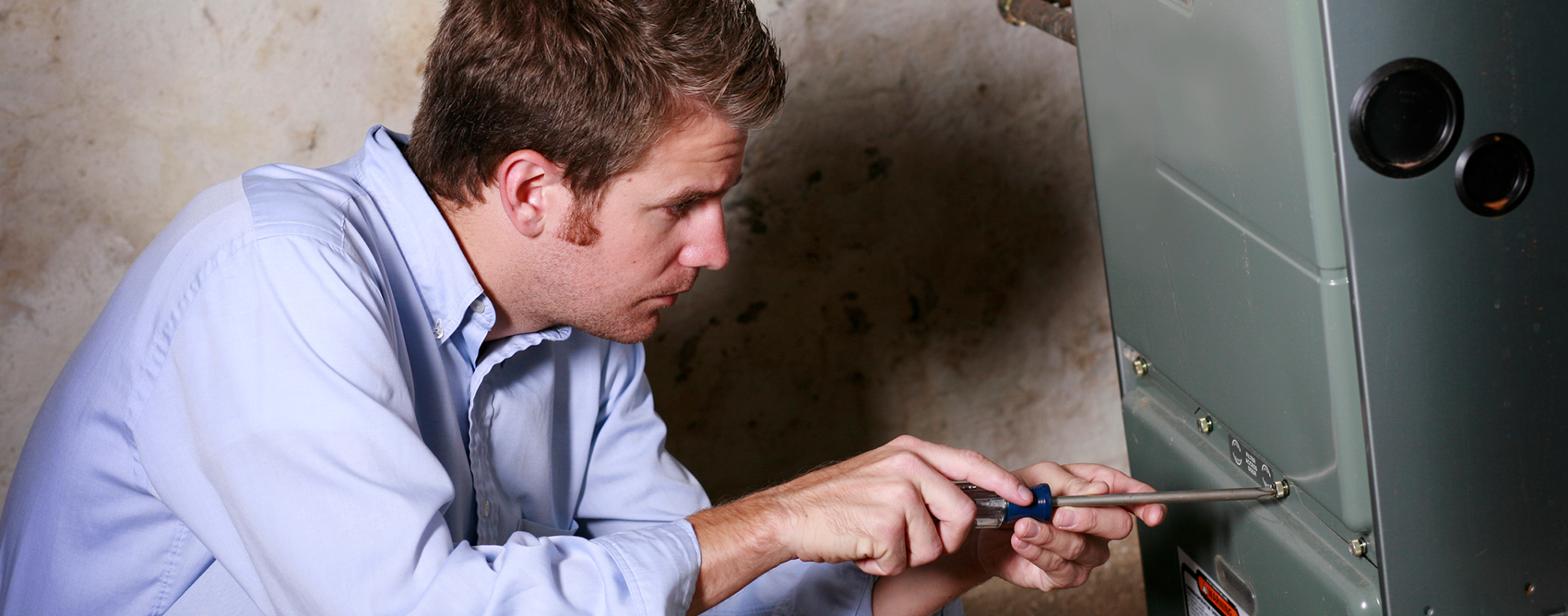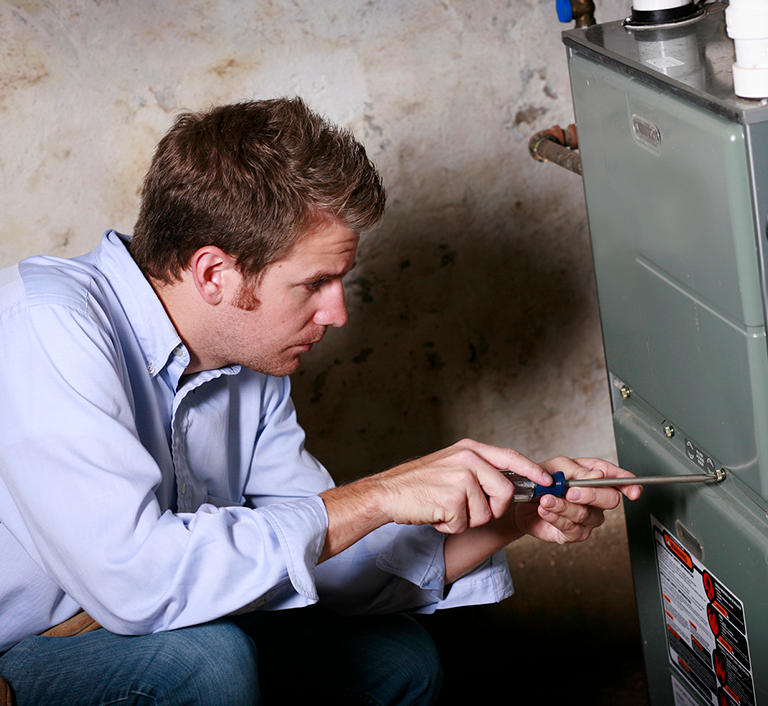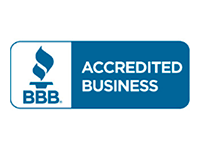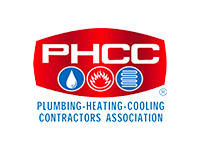

Furnace Not Turning On? Here’s What to Do
When those first chilly days of fall settle in, the last thing you want is a furnace that won’t turn on. Whether it’s an issue with the thermostat, a problem with your power supply, gas line or something more technical, don’t panic. Let’s take a look at the most common reasons why your furnace might not be turning on, what you can do to fix it and when to call an HVAC technician.
Check the Thermostat
Thermostat issues are among the most common reasons a furnace won’t fire up so the first thing you should do when your furnace doesn’t turn on is to check to make sure it’s set correctly.
- Make sure it’s set to “Heat”: Double-check that the thermostat is set to “Heat” and not still set to “Cool.”
- Check the temperature setting: The thermostat should be set to a temperature higher than the current room temperature. Test it by raising the setting by 5-10 degrees and see if the furnace turns on.
- Replace the batteries: If your thermostat runs on batteries, it’s possible they’re dead and need to be replaced.
- Check the programmable settings: If you have a programmable thermostat, check to make sure the programmed settings aren’t overriding manual inputs.
If none of these steps work, your thermostat may be malfunctioning and might need replacement.
Check the Power Supply
Your furnace requires electricity to function, even if it’s gas-powered. Lack of power could be the issue if the heater is not turning on at all no matter what you do. Here’s how to check:
- Check the furnace switch: The furnace switch can accidentally get turned off. It could be as simple a solution as making sure the switch is in the “on” position.
- Inspect the breaker box: Check your home’s electrical panel to see if the furnace breaker has tripped. If it has, reset the switch by flipping it back on. If the breaker continues to trip there may be an electrical issue, and it’s time to consult an electrician.
- Check for blown fuses: If your furnace uses fuses, check to see if one has blown and replace if needed.
Check the Air Filters
If the air filters are dirty or clogged, your furnace won’t ignite at all or it might start, but could overheat and shut down as a safety precaution.
- Check the vent airflow: If you notice that the airflow coming out of your vents isn’t as robust as usual, your air filter might be clogged. A clogged air filter puts a strain on your HVAC system and can even prevent the furnace from starting.
- Replace dirty air filters: A good rule of thumb is to change filters every 1-3 months during the heating season.
Inspect the Pilot Light
If you have a gas furnace, the pilot light or ignition system could be the reason your furnace isn’t lighting.
- Relight the pilot light: If you have an older furnace and the pilot light is out, follow your manufacturer’s instructions to safely relight it. Be careful, as improper relighting can lead to safety hazards like gas leaks. If the pilot light won’t stay lit, it could be a sign of a more serious issue.
- Check the electronic ignition: In newer models, the electronic ignition system could be the culprit. If the ignition isn’t sparking, it’s best to consult a technician.
Ensure the Gas Supply is On
Gas-powered furnaces won’t work without a steady flow of fuel. Check to see if this common issue is the reason your furnace won’t turn on.
- Check the gas valve: The gas valve to the furnace must be open for it to turn on and work properly.
- Check for a gas odor: If you detect the smell of gas, this could indicate a gas leak, which is a serious safety hazard. Turn off the furnace immediately and call a professional.
Inspect the Flame Sensor
The job of the flame sensor is to detect whether the burner is producing a flame. If no flame is detected, the sensor shuts off the furnace. A dirty flame sensor won’t work correctly.
- Clean the flame sensor: Using a soft cloth, gently clean the flame sensor.
- Replace the flame sensor as needed: If cleaning doesn’t solve the problem, you may need to replace the sensor.
If you’re unsure how to do these steps, or if you’re not comfortable working with the flame sensor, don’t hesitate to call an HVAC technician for help.
Look for Error Codes
If you have a newer furnace, it will likely have diagnostic lights that will flash error codes when something goes wrong. Check your furnace’s manual to determine the meaning of the error codes and follow the troubleshooting steps. Error codes may indicate common issues like ignition failure, airflow problems or thermostat malfunctions. Some issues will be an easy fix, others may require professional help.
When Should You Call a Professional?
If you’ve gone through all these troubleshooting steps and your furnace still won’t turn on, it’s time to call a professional HVAC technician. This is especially true if you’re experiencing these issues:
- Persistent problems: The furnace continues to have power failures, won’t ignite or won’t stay lit.
- Strange noises: If you hear banging, clanging or other unusual noises coming from the furnace, it could indicate mechanical issues such as a failing motor or a cracked heat exchanger.
- Gas or electrical concerns: Don’t DIY it If you suspect a gas leak or electrical issues.
Be Prepared with Regular Maintenance
The best way to prevent issues with your furnace is regular maintenance, especially if your furnace goes unused during the summer. Scheduling an annual professional tune-up ensures that all components of your furnace are functioning properly and ready to go when you need it.
Have Questions?
Contact us and we will be happy to answer any questions. Call 215.799.2019 or click the button below.
Promotions Sign Up
Sign up below if you would like to receive occasional promotional offers and tips.







